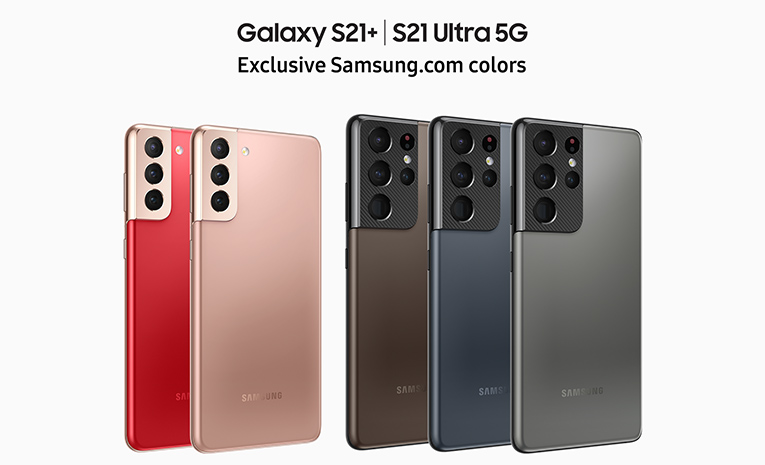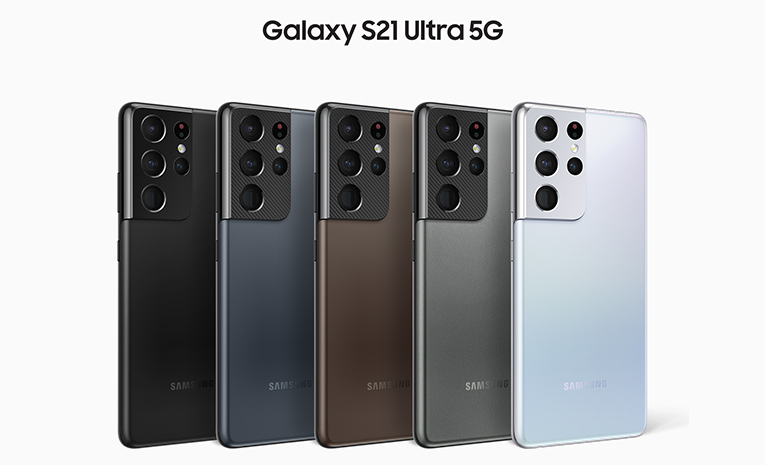Straight Talk Samsung Galaxy J2, 16GB, Black – Grade A Refurbished Prepaid Smartphone
Get the Galaxy J2 in Black from Straight Talk for nationwide coverage on America’s largest and most dependable networks.
Get the Galaxy J2 in Black from Straight Talk for nationwide coverage on America’s largest and most dependable networks. Capture and share on a fun and easy camera, do more with a long-lasting battery and have it all at your fingertips with a screen that fits naturally in your hand. Activate an unlimited talk, text & data plan with no contracts and no mystery fees. Find your next phone and plan online or around the corner at your local Walmart.
Straight Talk Refurbished Samsung Galaxy J2
Additional information
| Manufacturer Part Number | STSAS260DCR |
|---|






by Nathan
Fast delivery a CD often as it stated
by Sydney
I like how fast it charges, it is a great phone for the price you pay. Obviously, you get what you pay for and it’s only about 20 dollars so it’s not gonna be the best phone in the world. To me though I think it’s a really good phone.